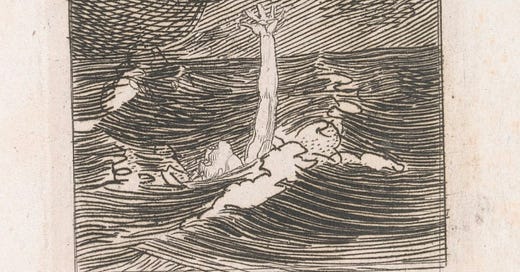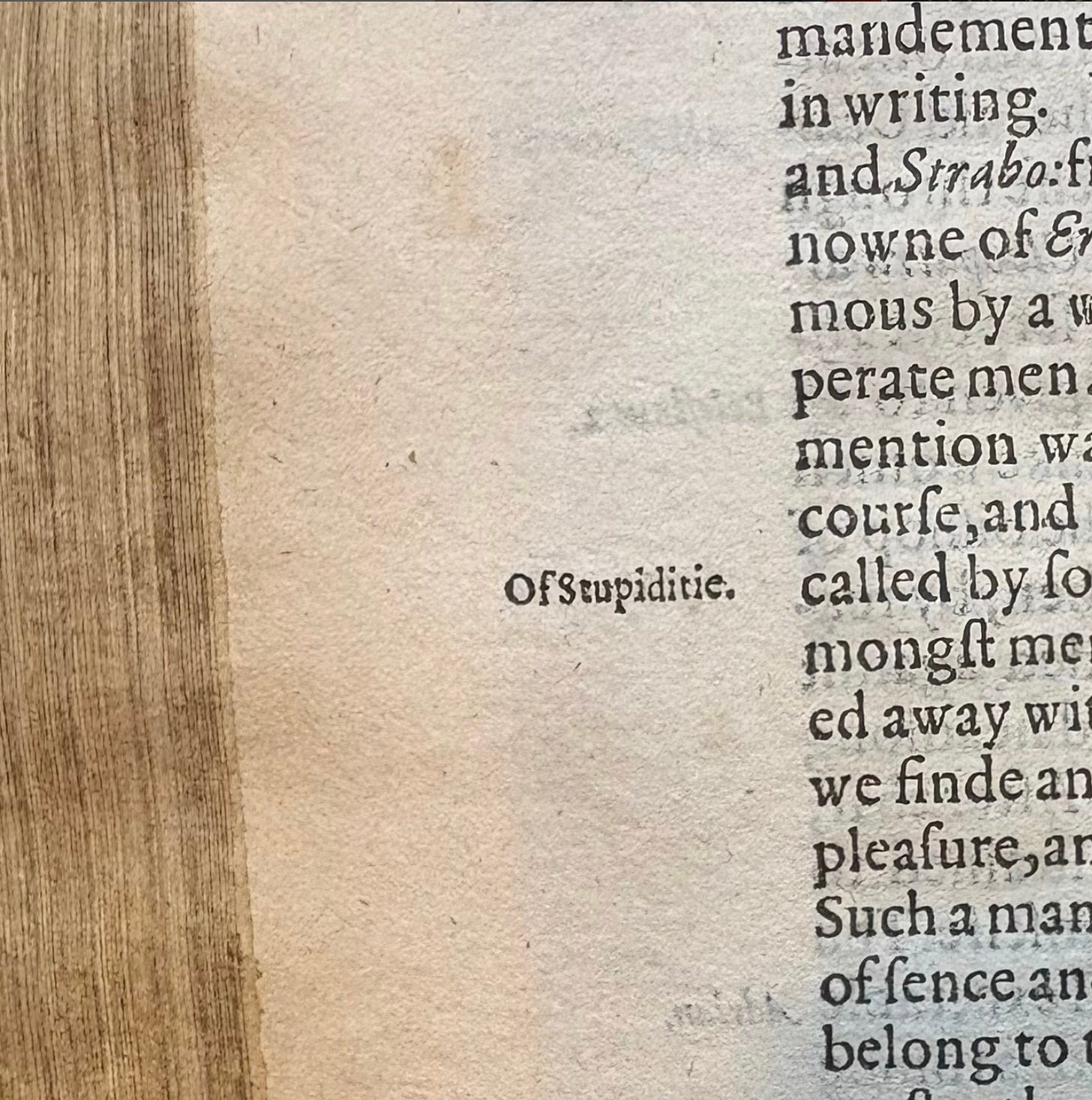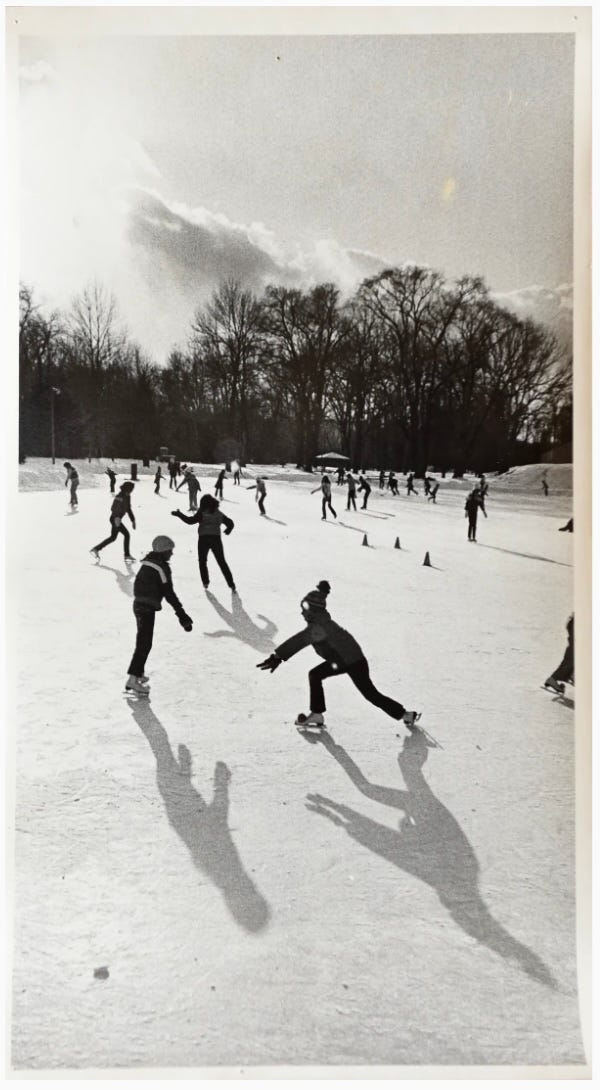Books I read in January, 2025:
Kaoru Takamura, LADY JOKER, VOLUME 1 and 2. This story begins in 1947. An internal memo from Hinode Beer notes the reception of a letter from one Seiji Okamura, a former employee. The letter follows, detailing the departure of forty employees, intimating that discrimination against Japan’s segregated buraku community was somehow a factor. This rambling missive proves to be the tiny pebble rumbling into avalanche, the flap of the butterfly’s wing that sparks chaos. Over the next 1,200 pages, Takamura illuminates its slow and devastating impacts, from the five gamblers—a pharmacist, a truck driver, a banker, a cop, and a welder—it pulls into unexpected partnership nearly fifty years later, to the murky swirl of business, law enforcement, and media that coalesces around their crime. LADY JOKER is often compared to THE WIRE, and that’s apt—both are singularly ambitious in their attempt to capture the capacious complexity of a corrupt culture. Takamura, drawing inspiration from an actual crime, mesmerically depicts a world of men hemmed in by sclerotic culture of work, shame, and stasis. It took me about 300 pages to really get into it, but once I did, I could not put it down.
Ermanno Cavazzoni, BRIEF LIVES OF IDIOTS. Using the The Lives of the Saints as a model, Cavazzoni presents portraits of 31 people marked by saintlike intransigence. They have grasped hold of something—a notion, a plan—and will not let it go. They panic about the speed of the whirling world, they build doomed flying machines from tractor parts, they see visions in shrubberies, they administer injections with pine needles, they worry about the feelings of metal objects, they hit themselves with rocks. Sometimes this is due to mental illness or incapacity, which struck me as an unnecessarily cruel choice, given the dazzling range of human folly available to mock. But Cavazzoni wrote this book in the 1990s, and I am reading it in 2025. His deluded farmers and failed whores have nothing on the billionaire idiots, murderous idiots, greedy idiots, and craven idiots running riot in the world right now. And it is a government of idiots. As John Ganz points out:
Musk’s total idiocy is structural: it goes back to the very origin of the Greek term idiotes, a person who cannot understand the shared political life of the city. These people cannot understand that their wealth and power are not their sovereign creations but the shared product of the wider state and society that supports and sustains them.
Douglas J. Penick, THE OCEANS OF CRUELTY: TWENTY-FIVE TALES OF A CORPSE SPIRIT, A RETELLING. Brahman dreams; in his dreams, he overhears the twenty-five stories the god Śiva tells his consort Pārvāti. Waking, Brahman speaks to his wife of this dream, and Śiva, enraged, strikes him dead, dooming him to become a vetāla, or corpse-spirit. The vetāla must hang from a tree for eternity, unless a king comes to break the curse. Some time later, a demon ensnares the wise king Vikramāditya, who is sent to bring the vetāla back. But this is no simple task. If Vikramāditya speaks to the vetāla, the vetāla vanishes, returning to the tree, and the task begins again. But speak Vikramāditya must, because each time he lifts the vetāla up, its clammy incorporeality on his back, it whispers a story in his ear, and asks him to judge the people in it. He cannot refuse. Only when Vikramāditya is well and truly stumped will the task be complete and the vetala freed.
This book is a beautiful retelling of the Vetala Panchavimshati. Most of the stories involve love and lust, honor and dishonor, cruelty and death, and maintenance of the social order (everyone must do what they are ordained to do). Themes and plots seem to repeat, stories blur and end abruptly. And because I am in the state of mind that I am in, it felt impossible not to see some parallels in Vikramāditya’s plight with where the U.S. is right now, doomed to carry forward a malignant spirit again and again and again until we learn.
There was no end to all this going and going, and no meaning, just a cascade of fragments, all incomplete.
Ellen Obed, TWELVE KINDS OF ICE. Perhaps when you wake with a start at four in the morning with your heart in fear’s clammy hand, you do not want to spend the cold predawn hours reading about Japanese crimes or death or madness in the harsh glow of your trusty bedside headlamp. (Not me, obviously, haha.) This slim little volume, charmingly illustrated, offers something else entirely: a dozen warm memories of cold times. Organized around a whimsical taxonomy of the types of ice Obed experienced as a skating-mad child in Maine, it is a gentle ode to childhood and winter’s passage. Hugh and I spent a happy January hour on the couch watching the snow fall and re-reading it.
*
Currently reading: OUR LADY OF THE NILE.
Bookmarked: RADICAL HOPE, ONE DAY, EVERYONE WILL HAVE ALWAYS BEEN AGAINST THIS, THE CATHEDRAL OF MIST.
Blogged: poem for the new year; odds and ends / 1.9.2025; imaginary outfit: perpetual flurry; the eye of the duck; do what you can do / what you can do is enough; roads.
*
Images:
William Blake. For Children: The Gates of Paradise. Plate 12, "Help! Help!" 1793.
Detail from Peter de la Primaudaye’s The French Academie wherin is discoursed the institution of maners and whatsoever els concerneth the good and happie life of all estates and callings by precepts of doctrine, and examples of the lives of ancient sages and famous men, 1589.
Siva and Parvati (Uma-Mahesvara). Northern India, Uttaranchal, Almoral, 10th century. From the collection of the Cleveland Museum of Art.
Charles Gardner, Children skating at Stone House Pond, 1985.







needed this.